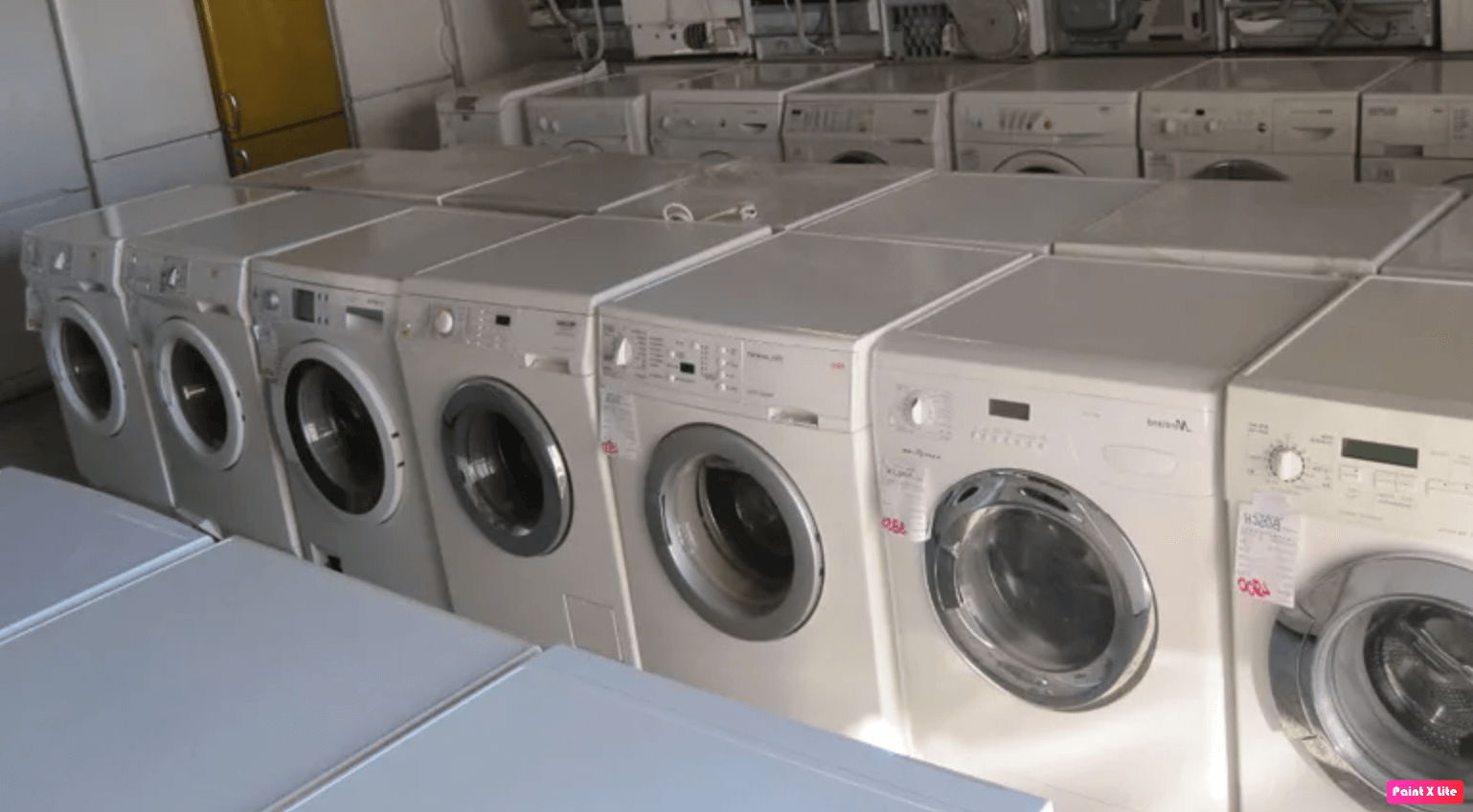The family of washing machines is represented by several types - automatic, semi-automatic and ultrasonic.
When buying washing machines in bulk, it is important to choose those models and types that will be in demand in your region and will not be left in stock. When choosing a dealer, it is also important to pay attention to contact, reliability and attentiveness to customers.

Semi-automatic machines differ in that they are equipped only with a timer for setting the washing time, while automatic machines have program control. Moreover, the degree of complexity of the tasks differs significantly - from simple washing to automatically providing a certain amount of water, amount of detergent, washing temperature and spin speed.
Automatic machines equipped with drums wash very gently, while saving powder and water, although they are more complex and not always reliable in operation. In activator-type washing machines (semi-automatic) there is a shaft with blades or a disc that stirs the laundry. They can use washing powders designed for washing by hand. Semi-automatic machines operate at low speed and are limited in the temperature mode of washing, in addition, to drain the water into the bath, you have to connect the hose with each wash and disconnect it again after the end of the process.
Ultrasonic wash even worse, so we are not talking about them here.
The main technical characteristics inherent in washing machines include energy saving, washing, spinning classes, indicated by a series of letters from A to G. The largest of them is the best - class A, and the worst - G.The coolest are machines marked A ++, A + ++ and more, they provide the most gentle handling of laundry and the highest level of energy savings. On the worst account of the car, marked with the letters F and G.
The spin class is defined as follows: when providing 1600 rpm and almost dry laundry - class A, and at 400 rpm with wet laundry - G.
In terms of efficiency, the letter A indicates that the machine consumes no more than 200 W / h when processing one kilogram of laundry. A higher power consumption rate reduces the efficiency of the machine to the same F and G.
Most of the automatic machines offered by retail chains have classes A and B, and there is not much difference in their work, except that the prices differ quite significantly. The same picture is with energy saving - the difference between neighboring groups is insignificant, therefore, it would be quite reasonable to buy a machine even in C class than to spend a significant amount for belonging to class A.
But the spin class is calculated by the weight of the laundry before washing and after, in this regard, it will be acceptable and practical to buy a class A machine.
Thus, the conclusion is obvious - any washing machine in the range of classes from A to C is quite capable of providing high-quality and fairly gentle washing, saving energy. They are distinguished only by the popularity of the brand, design and functionality.
